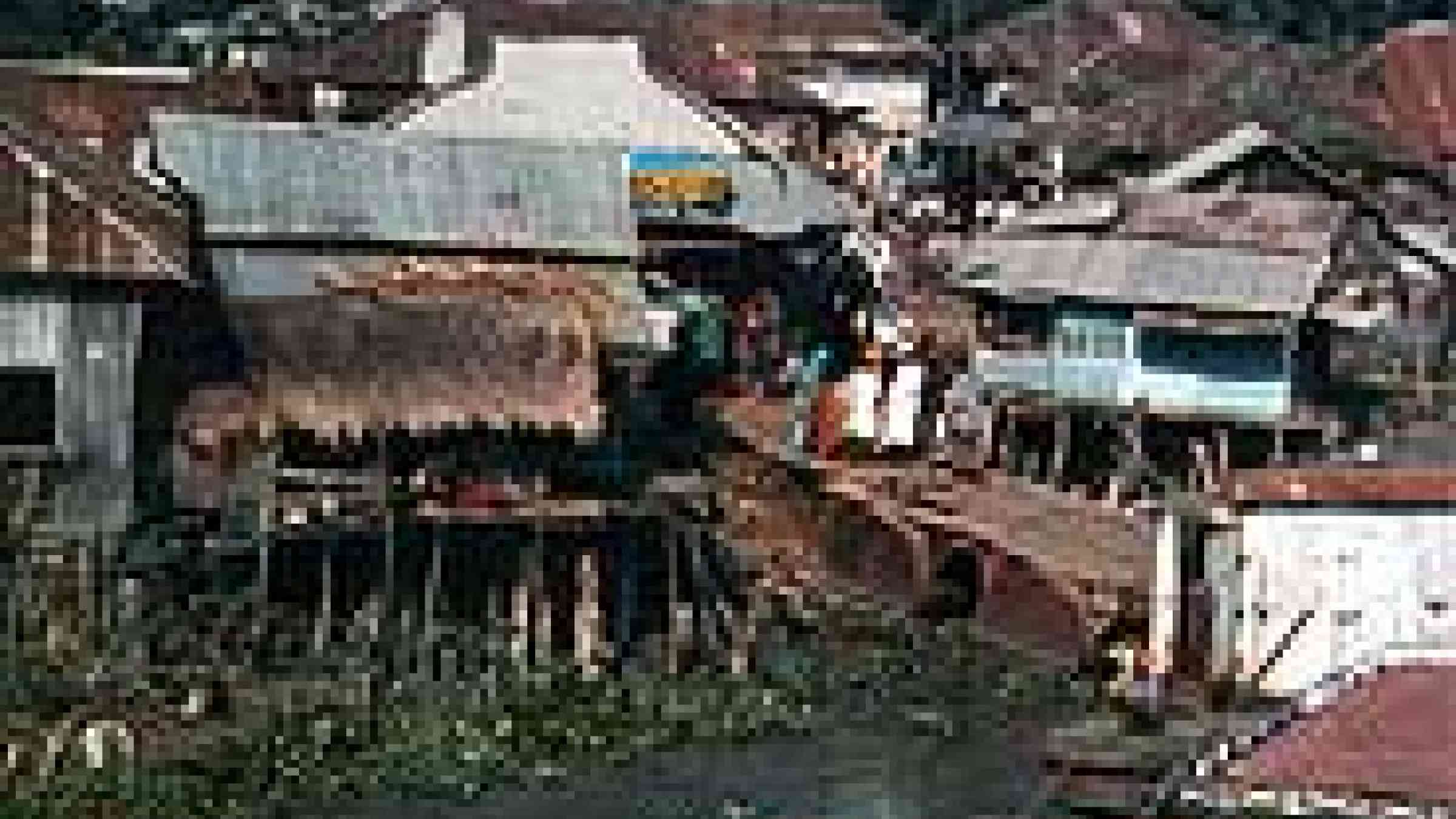Please help us improve PreventionWeb by taking this brief survey. Your input will allow us to better serve the needs of the DRR community.
World Vision: Billions must be spent to protect Asia Pacific’s coastal poor

Photo by Ahron de Leeuw, Creative Commons attribution 2.0 generic
The warning follows today’s (September 18, 2008) release in Bangkok of ‘Planet Prepare: Preparing Coastal Communities in Asia for Future Catastrophes.' The World Vision report not only looks at the latest research around climate change but also examines how communities from Bangladesh to Papua New Guinea are being severely impacted by storms and sea level rise.
The report, by author Johannes Leutz, says billions needs to be spent on strengthening community resilience in villages and cities, educating children to be disaster ready, putting in place disaster-resistant infrastructure and early warning systems and giving people new job options. Failure to act will leave tens of millions of people at extreme vulnerability and reverse development gains.
For the report researchers interviewed climate migrants in the Pacific islands who are being forced from their homes by salt-water encroachment, farmers in Bangladesh whose land is collapsing into the sea and survivors of Cyclone Nargis, the deadliest storm ever to hit Myanmar, among others.
Richard Rumsey, World Vision Asia Pacific humanitarian and emergency affairs director, said: “Even the introduction of stringent carbon emission controls is not going to prevent the Asia Pacific region experiencing very severe disaster shocks. Governments both from within and outside the region must prioritise preparedness to avert massive hardship for millions. This means finding the billions of dollars needed to ready coastal communities for disasters and adapt to the changes that are coming."
Disaster experts are now warning that the increasing number of natural disasters – like those that impacted Bangladesh and Myanmar — could present the “new normal” and should be seen as possible curtain raisers on the chaos that climate change will bring.
2007 figures show that 75 percent of all people killed by natural disasters were in Asia. Over the past three decades the number of natural disasters in Asia has risen dramatically from below 50 to approximately 200 per year while between 1990 and 2007, some 757,000 people died in natural disasters in Asia, 3.5 billion people were cumulatively affected and US$620 billion in damage caused.
Across the Asia Pacific region tens of millions of people are vulnerable, living in heavily populated cities and delta areas or on tiny islands that are just centimeters above the sea with most completely unprepared for what is coming. Governments have a small window of opportunity to act.
Planet Prepare states:
* Donor and affected governments must invest billions in preparedness rather than investing most emergency aid money in disaster responses. (Only 4 percent of the estimated US$10bill spent yearly on humanitarian assistance goes to preparedness.) Investing US$1.00 in disaster preparedness saves many more in losses.
* Poor coastal communities need to be ready to face climate change-induced weather impacts. Disaster training, improved infrastructure, early warning systems and insurance are essential.
* Children: schools need disaster-proofing; curriculums need to include disaster and climate change preparedness.
The Planet Prepare report is endorsed by Professor Poh Poh Wong PhD (coordinating lead author Intergovernmental Panel on Climate Change Fourth Assessment Report, 2004-2007 and Associate Professor, National University of Singapore). He says: “Planet Prepare not only uses the latest science to look at how the Asia Pacific region could be impacted by climate change-related disasters but also highlights the personal stories of people who are already losing out. We need to pay attention to what they are saying. If we fail to heed these early warning signs of human distress we will see many, many more millions of people plunged into climate chaos, poverty, ill health and death."
Explore further
Please note: Content is displayed as last posted by a PreventionWeb community member or editor. The views expressed therein are not necessarily those of UNDRR, PreventionWeb, or its sponsors. See our terms of use
Is this page useful?
Yes No Report an issue on this pageThank you. If you have 2 minutes, we would benefit from additional feedback (link opens in a new window).